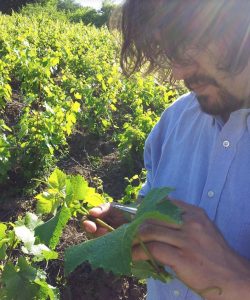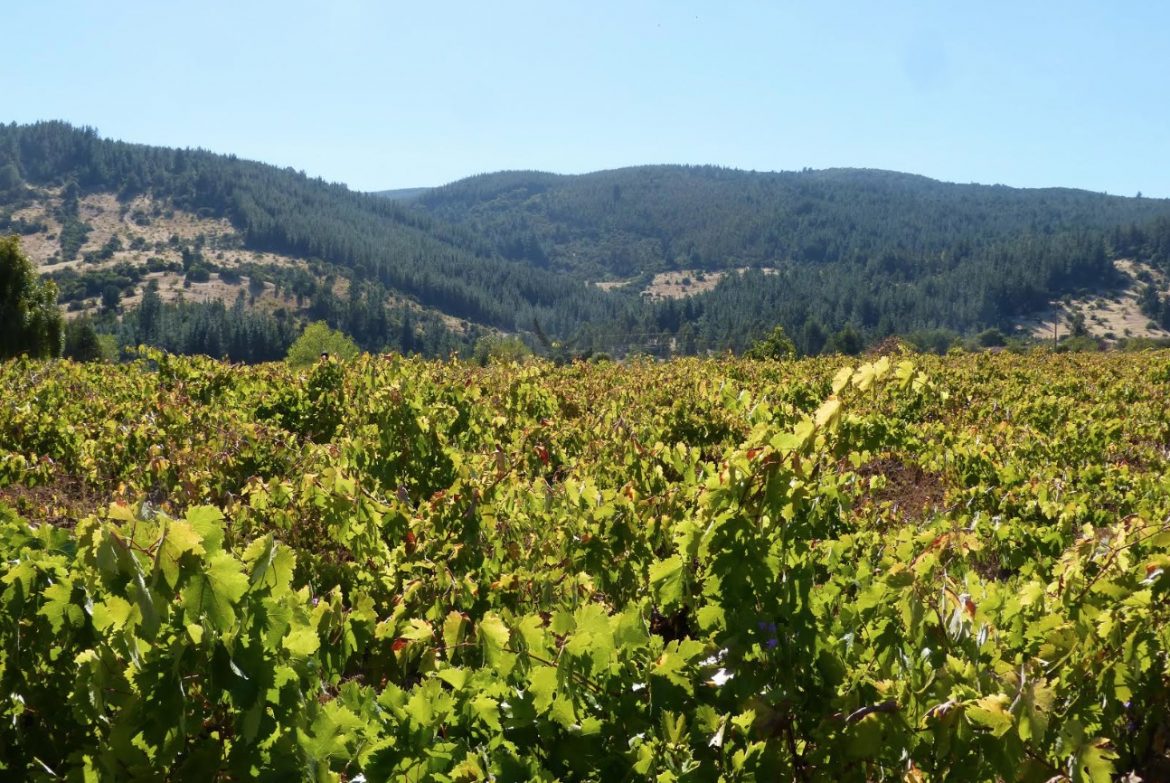Bío Bío feels like the lost kingdom of wine. It is filled with gnarly old vines, overgrown with colourful flowers and populated by more butterflies and birds than humans. This southern wine region in Chile is one of the country’s oldest with vineyards spread all over the region for the best part of 500 years. However, it fell out of fashion over the last hundred years as attention turned elsewhere leaving many vineyards abandoned. So it’s no surprise that it is here where an intrepid winemaker and research team have discovered a wealth of rare grape varieties, including 26 new varieties – never recorded before and, as far as we know, unknown to the world.
Discovering old vines and new varieties in Bío Bío

Those old vines of Malbec are believed to be some of the oldest on the continent, estimated to be over 200 years old. Since their discovery, they have been used to produce highly-appraised wines by Clos de Fous and Viñas Inéditas.
After recruiting the help of FIA (and DNA-analysis by INEA), local growers, researchers and historians, the team discovered 26 entirely new (previously unrecorded) grape varieties and over 60 ‘uncommon’ varieties including grape varieties such as Iona, Hondarrabi Beltza, Mollar, Isabella and Palomino Fino.
“These varieties have mostly been here for over 100 years,” Ledesma explained. “They tell us of a much more diverse history in Chile than we knew about, where French, Basque and Spanish varieties cohabitated with diverse vinification methods. It’s a tower of babel on the shores of Bío Bío!”
Using old vines to inform future decisions
The discoveries and growers are being kept under wraps for now. As the research project is only halfway through, the team are keen to protect the vines and growers. The next phase is making wine from these varieties and then presenting them as sustainable varieties for Chile’s future.
“This project transcends the local level and we hope will have an impact on the greater wine industry in Chile,” says Ledesma. “We’ve found varieties that are naturally well adapted to climate change and different soil salinities, and have probably survived over 300 years as dry-farmed varieties in Bío Bío.”
Chile’s wealth of old vines could well be key to a sustainable future.
Read more about:
